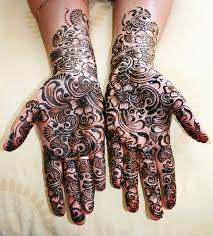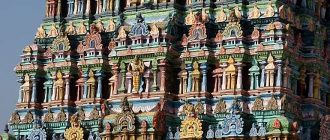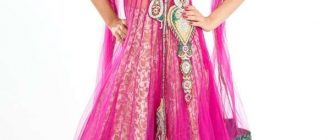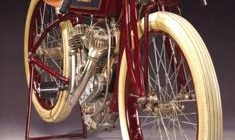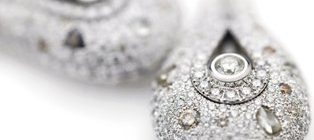Want to learn more about traditional India henna designs? Looking for a unique traditional Indian henna design? Read on for interesting insight into all-time classic henna designs from India…
Henna designs are made using a pigment derived from leaves of the Henna tree which is then combined with water. The tradition of Henna body art work has been present amongst the Indians for many centuries. It is a complex art form which requires the artist to create intricate designs while maintaining a steady momentum using an icing cone-like tool which contains the Henna.
The Indians have a unique sense of aesthetics when it comes to developing henna designs. Traditional designs are based on a set of symbols that have been used through the ages. Some of the most popular traditional Indian Henna designs are as follows:
The Flooffy
This is one of the most commonly used design elements in Indian Henna designs. The symbol is shaped like the letter F in curved hand writing. This symbol can be used in a wide variety of ways in order to create unique and interesting henna designs. Artists use the flooffy symbol to connect various elements in a particular design and it is also repeated to create an artistic pattern.
The Hump
This is a relatively simple traditional symbol which is perhaps the most frequently used element of design in traditional Indian henna patterns. The use of the hump symbol is particularly popular with bridal designs. Henna artists are required to be exceptionally skilled with drawing the hump symbol accurately at a fast pace.
The Wibble Leaf
This is one of the more decorated symbols that are used in repetition in many conventional Indian Henna designs. The symbol is composed of a leaf along with its wibble and flick. In order to create smooth wibble leaf designs it is required that dextrose be added to the Henna. In other cases henna that is stringy by its nature will help the artist to experiment with the wibble leaf to perfection. This particular symbol can be used pointing upwards or downwards and even around a spiral.
The Ziggy Zoggy
This is one of the easier to make traditional Indian symbols commonly used for Henna designs. It is better to make use of stringy henna or that which has dextrose added for creating this symbol. This particular symbol has great significance amongst the Indians as it is meant to symbolize the rainy season, fertility, abundance and water.
The Mummy
This particular traditional symbol can best be understood to be like the letter M. However it is a highly versatile symbol that can be made in different ways to create beautiful and highly appealing designs. Experimenting with this symbol requires a great deal of skill and experience.
The above mentioned are just some of the examples of the kind of symbols that have traditionally been used to create exquisite Indian henna designs. Every occasion has it’s own traditional designs. For example bridal henna designs tend to be far more complex and intricate featuring symbols that have cultural significance. On the other hand henna designs for cultural events may be simpler and made using a different set of traditional symbols.

